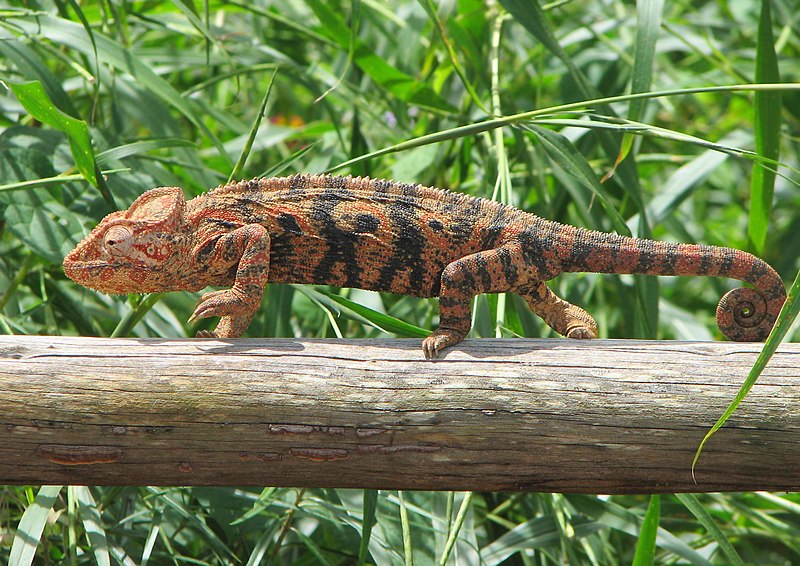 Several years ago, we learned that female Caecilians (odd, legless amphibians) of some species grow extra layers of skin with which to feed their young. This unbelievable feeding strategy was first documented on film in the BBC series Life in Cold Blood, and is among the most fascinating (if chilling!) footage I’ve ever seen. Tadpoles of the recently discovered Fringe-Limbed Treefrogs, Ecnomiohyla rabborum are now known to feed upon living skin as well. In this case, it is the male parent that provides dinner with its own body – the only frog, and the only male amphibian, known to do so.
Several years ago, we learned that female Caecilians (odd, legless amphibians) of some species grow extra layers of skin with which to feed their young. This unbelievable feeding strategy was first documented on film in the BBC series Life in Cold Blood, and is among the most fascinating (if chilling!) footage I’ve ever seen. Tadpoles of the recently discovered Fringe-Limbed Treefrogs, Ecnomiohyla rabborum are now known to feed upon living skin as well. In this case, it is the male parent that provides dinner with its own body – the only frog, and the only male amphibian, known to do so.
Discovery of a New Species
The Fringe-Limbed Treefrog is known only from a single mountainous rainforest in Coclé, central Panama. It was first collected in 2005, and was described as a new species in 2008. Its species name, rabborum, was given in honor of noted herpetologists Mary and George Rabb. Read More »
 That Reptile Blog – Reptile, Amphibian and Exotic Pet Care and Information
That Reptile Blog – Reptile, Amphibian and Exotic Pet Care and Information




